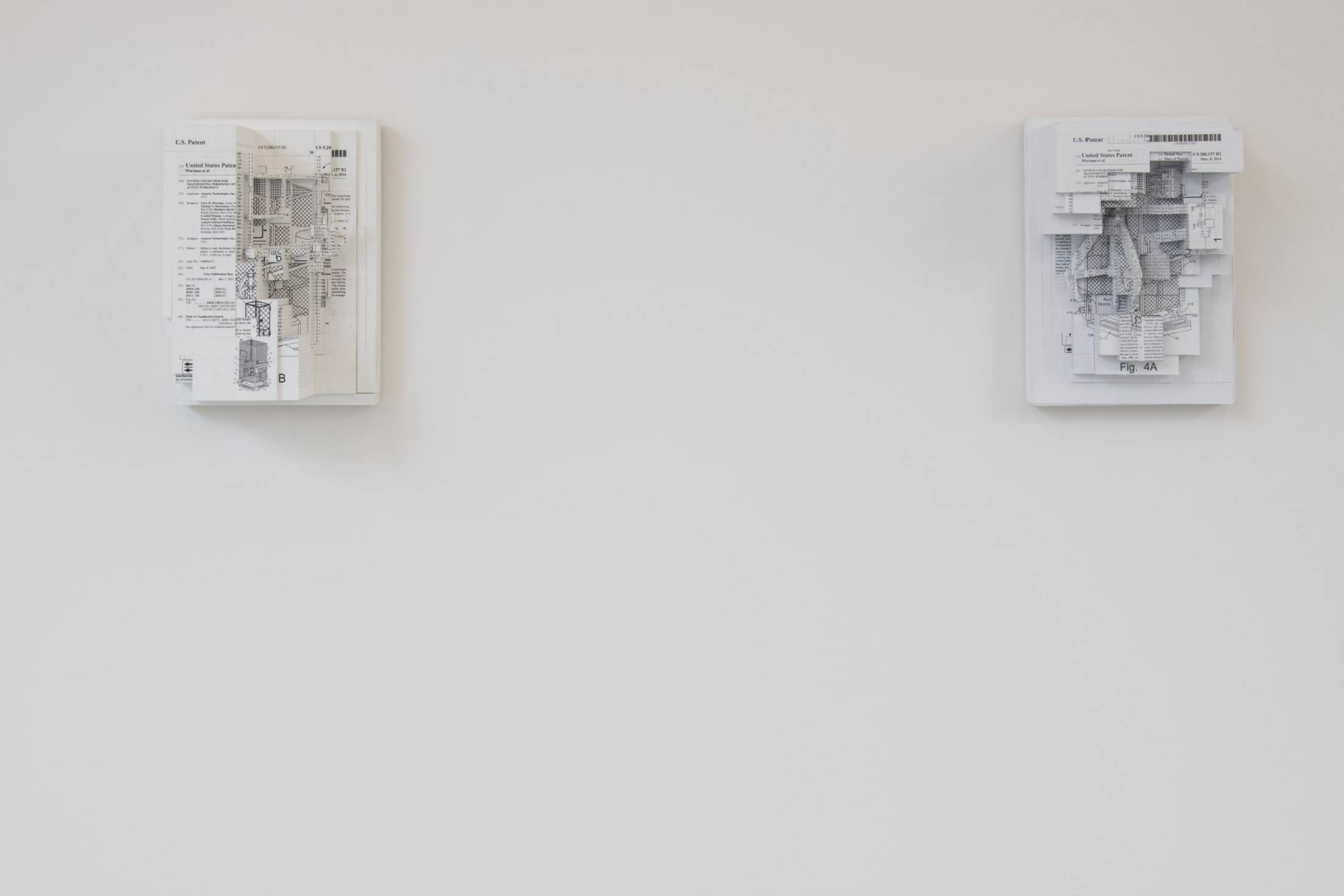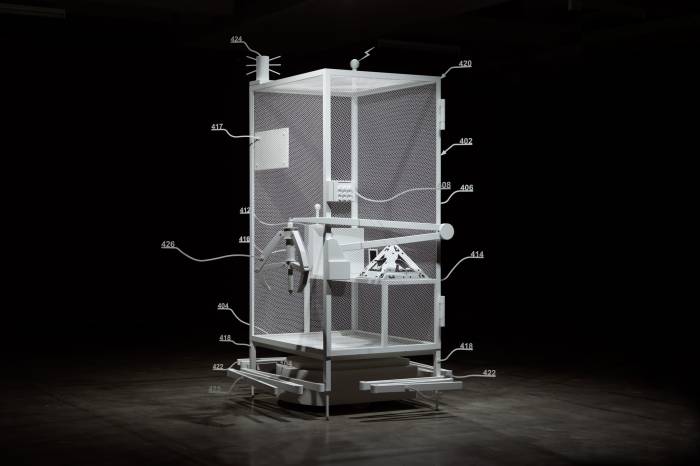Besides work, art is the other activity traditionally used to qualify human beings as such, although this idea is increasingly being challenged by researchers in artificial intelligence.
Algotaylorism brings together thirteen artists and collectives who all operate at the human-machine interface and have taken this interaction as a subject of research and as a production tool. As its title indicates, the exhibition therefore focuses on the question of algorithmic Taylorism, which is the division of labour taken to extremes by the reduction of the worker gesture to a click and which seems to prefigure the end of waged employment as the dominant structure for work. Attention economy and working unwittingly; algorithmic management; micro-work and the artifices of artificial intelligence as well as proposals for a society not work-centred form its different chapters. Human interventions and performances are coupled here with a lot of code in the form of text-to-speech software, delivery applications, decision trees, a community basic income, ecological mining of a Marxist-inspired cryptocurrency and a few avatars populating some of the screens.
Algotaylorism is also an opportunity to take a closer look at the now relatively widespread idea that work tends to increasingly resemble artistic practice given the exponential number of self-employed workers, while artists increasingly act as entrepreneurs. Have we gone from Debord’s Never Work to Ever Work?
With: Emanuele Braga & Maddalena Fragnito (MACAO) (IT), Simon Denny (NZ), Elisa Giardina-Papa (IT), Sam Lavigne (US), Silvio Lorusso (IT), Jonas Lund (SE), Michael Mandiberg (US), Eva & Franco Mattes (IT), Lauren McCarthy (US), Julien Prévieux (FR), RYBN.ORG (FR), Sebastian Schmieg (DE), Telekommunisten (CA/DE).



